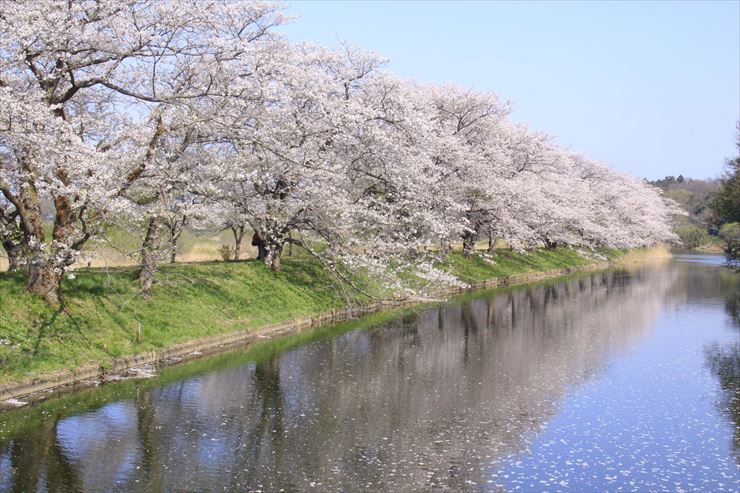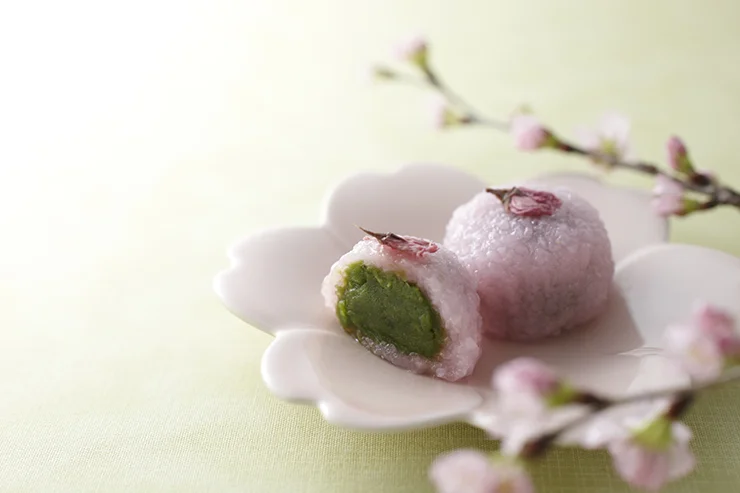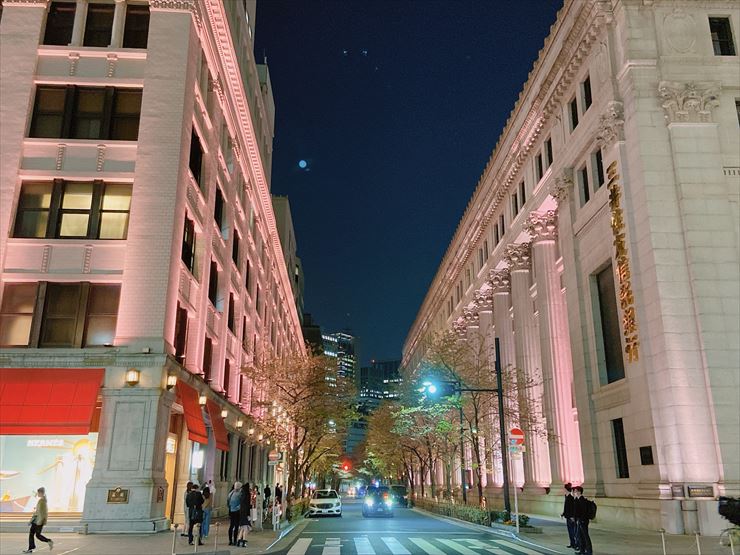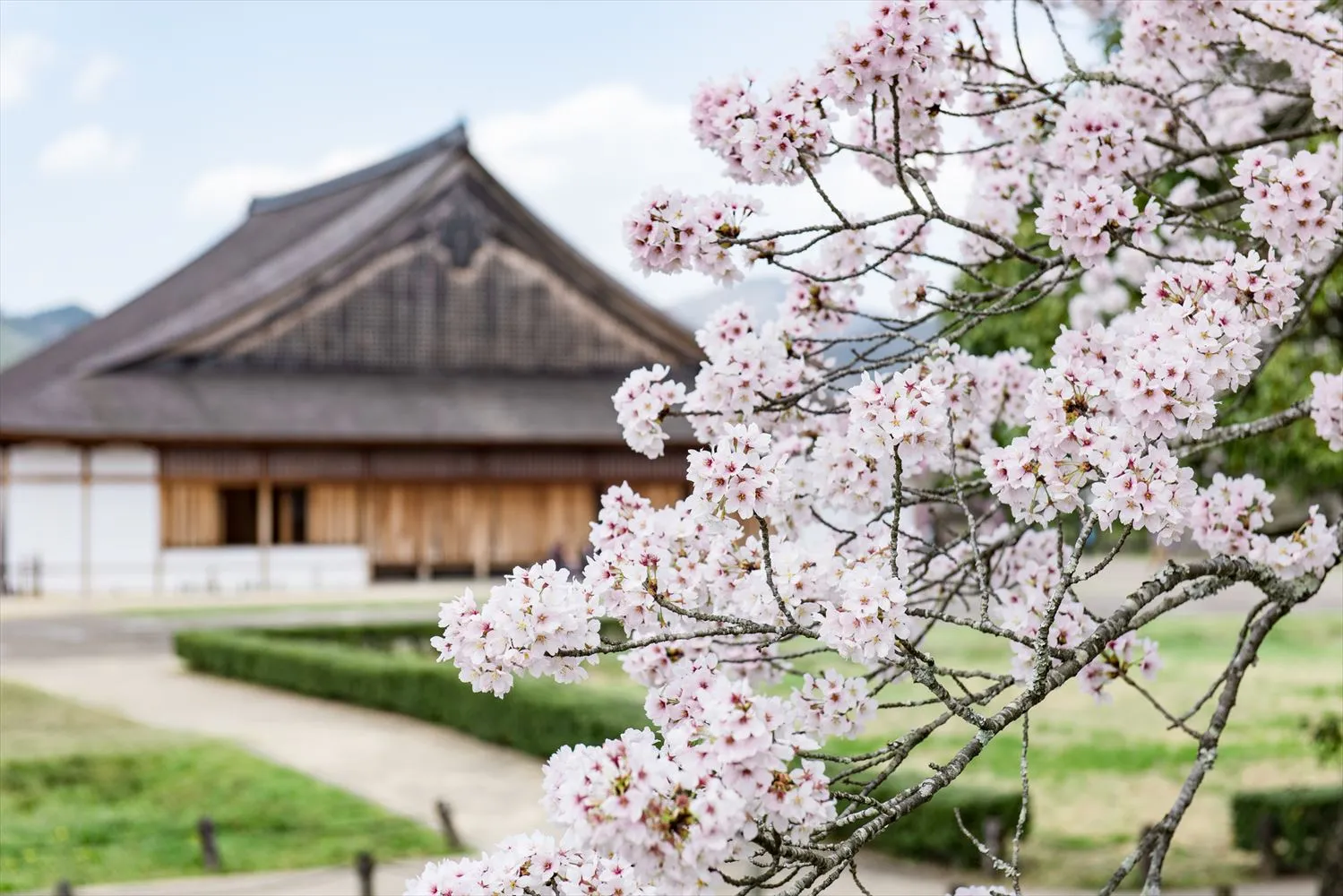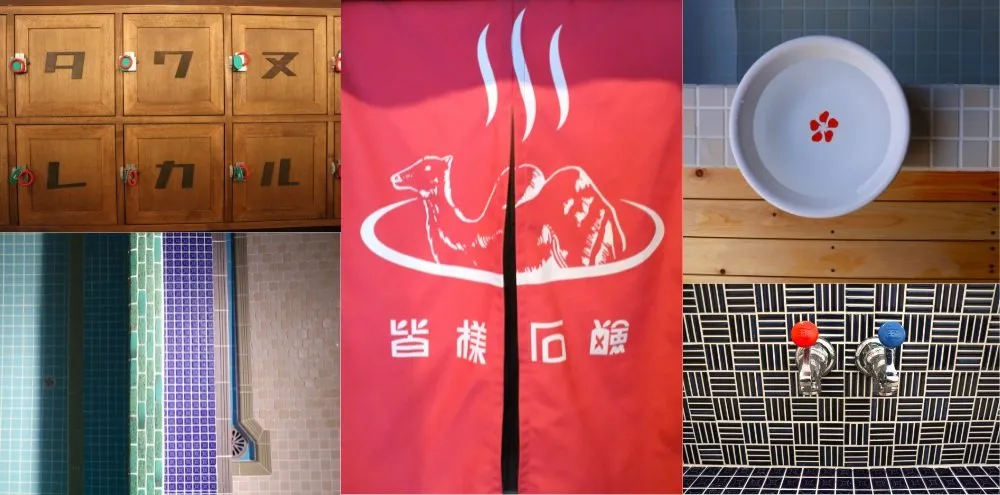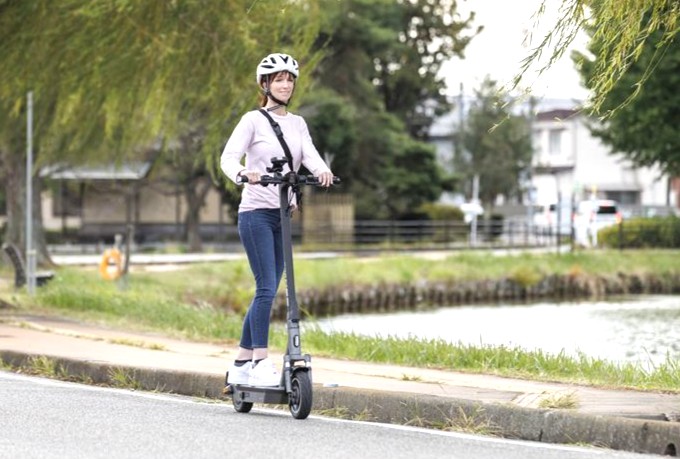Where can you enjoy viewing sakura cherry blossoms on your next trip?
We will introduce some sakura-viewing spots recommended by the att.JAPAN editors!
Enjoyable spring activities! Recommended Sakura-viewing Spots
Hokkaido: A big weeping cherry tree at the Hoki-ji Temple and a town of sakura

The most famous sakura-viewing place in Hokkaido may be Goryokaku Park in Hakodate, and if you go a bit further, you can get to a lesser-known but great sakura town. Located on the south side of Hakodate City, Hokuto City has the Hoki-ji Temple which is the home of a weeping cherry tree of extraordinary size with gorgeous blossoms. It is said to be one of the largest cherry trees in Hokkaido.
In addition to the temple, Hokuto City has several other great spots and areas to enjoy beautiful cherry blossoms during a relaxing walk or drive, such as the cherry trees along the Ono River and Kiyokawa’s Sembon-zakura (1,000 cherry trees).
Many of the sakura spots are conveniently located and accessible in about 30 minutes by rental car from Shin-Hakodate-Hokuto Station of Hokkaido Shinkansen. A special bus service is available during cherry blossom season.
Peak season: late April to mid-May




| URL | http://hokutoinfo.com/en/ |
Iwate: Ippon-zakura at Koiwai Farm

A large meadow about 1.5 km from “Makiba-en,” a tourist area inside Koiwai Farm, has breathtaking scenery with a huge cherry tree. The land used to be used as a cattle range, and the cherry tree is said to have been planted about 100 years ago for shade to protect the cows from strong sunlight in summer. If you look at the contrast among the white snow on Mount Iwate, the pink-tinted blossoms on the lone tree, and the bright green of the grass land in a bit-chilly wind, you will feel the joy of spring after the harsh winter of the Tohoku Area.
As the meadow area is off-limits, you should see the scenery from the viewing area along the road. There are parking spots available; however, as they are usually crowded, we recommend you walk from “Makiba-en” (about 20 minutes).
Peak season: late April to early May
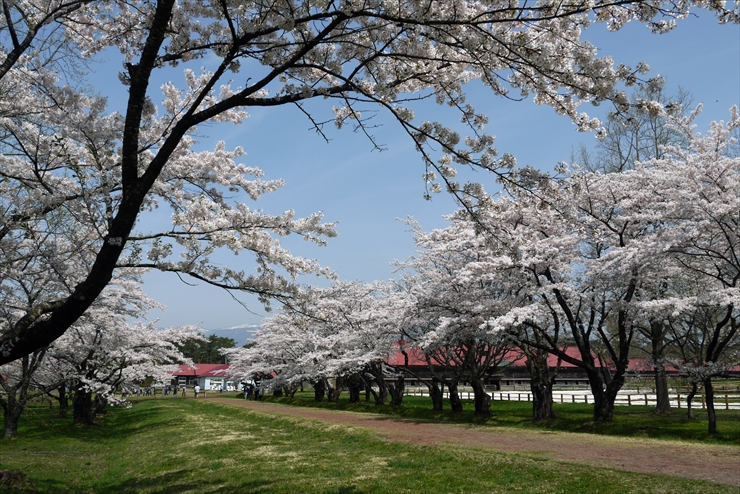
Don’t forget to see about 90 cherry trees at the Kamimaru Cattle Barns!
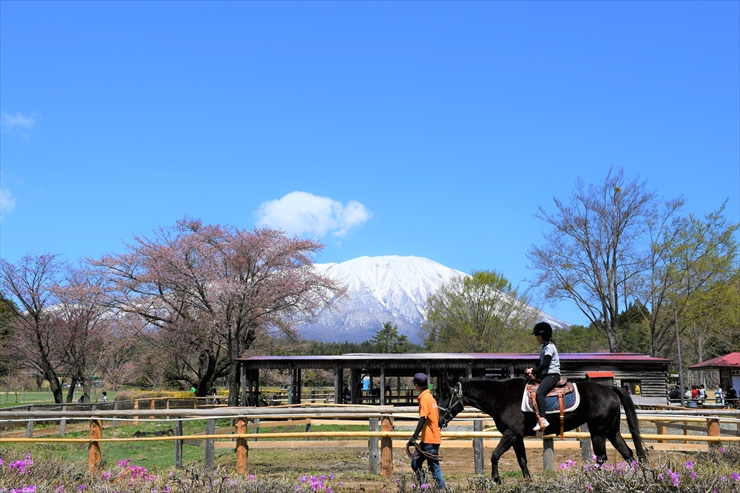

Related articles:Idyllic Rural Views at Koiwai Farm in Spring
| URL | https://www.koiwai.co.jp/makiba/en/ |
Fukushima: Weeping cherry trees of the Nicchu Line

Blossoms on about 1,000 weeping cherry trees along a walking path for about 3 km bloom brilliantly, creating a beautiful view of a faint pink shower. This area used to be part of the old railroad, the Nicchu Line, which was closed in 1984. Midway along the path, a steam locomotive is displayed, which used to run on the Nicchu Line.
This area around the steam locomotive is popular as a photo-taking spot, and a lesser-known but great spot is on the north side. We highly recommend you take the time to walk to the end of the path. As it is very crowded during the cherry blossom season, you may want to use public transportation. The beginning of the walking path can be reached in about 5 minutes from JR Kitakata Station.
Peak season: mid-April to late April

| URL | http://www.kitakata-kanko.jp/ |
Tokyo: Ueno and Yanaka
You can take a walk among local people in the area a bit away from Ueno Park. Around the Ueno Sakuragi area, on the north side of the park, there are various kinds of shops and stores, including cafes and miscellaneous shops in renovated old houses, so you can drop by while viewing cherry blossoms. “Ueno Sakuragi Atari” is a complex facility based on refurbished old traditional Japanese houses, where you can enjoy craft beer and unique bread. Once your stomach is satisfied, visit Yanaka Cemetery. You can head to Nippori Station while enjoying the wonderful cherry blossoms lining the street for about 100 meters.
Peak season: late March to early April


A piece of trivia: Recommended photo-taking spot with TOKYO SKYTREE and Kawazu-zakura!

Would you like to take a photo like this, which is only possible in Tokyo? It is a photo taken from the area around the Tobu Bridge just outside the TOKYO SKYTREE Station. As this Kawazu-zakura is an early-blooming variety, make sure of its blossoming season! (peak season: early March to mid-March)
Kyoto: Higashiyama
There is a walking route that the locals in Kyoto recommend. Starting from the Heian Jingu Shrine, go through the Okazaki Shrine to Kurodani (Konkai Komyo-ji Temple). There are cherry trees around the gate and stone stairs, creating a view that might appear in a period drama. Then, walk for about 5 minutes to the Shin’nyo-do (Shinsho Gokuraku-ji Temple). The temple grounds are surrounded by 70 cherry trees. We recommend you take a photo with the three-story pagoda in the background. Lastly, walk for about 10 minutes from the temple and have a rest at the cafe “Mo-an.” This cafe uses a renovated facility for tea ceremonies. Relax in a quiet atmosphere surrounded by green.
Peak season: late March to early April






Kagawa: Ritsurin Garden

Referred to as a national treasure garden, this garden has been designated as one of the nation’s Special Places of Scenic Beauty. On the premises, which is one of the biggest in Japan, there are 320 cherry trees. In addition to cherry trees, there are also several other sights to see, including 1,000 trimmed pine trees and Japanese boats, which allow you to look at the garden from the pond. Among others, we recommend you see the night-time illumination offered for a limited-time only. Different from daytime, the cherry blossoms at night look darker and more subdued and the crowd of people somehow gives a more dreamy impression.
Located at the center of Takamatsu City, it is conveniently accessible. It takes about 7 minutes by bus from JR Takamatsu Station or about 10 minutes on foot from Ritsurin-Koen Station on the Kotoden Line.
Peak season: late March to early April


| URL | https://www.my-kagawa.jp/en/ritsurin/ |
Kumamoto: Kumamoto Castle
-1_R.jpg)
After being severely damaged by the 2016 Kumamoto earthquakes, Kumamoto Castle will be finally ready to show us its fully renewed exhibition after the restoration of the castle tower in spring 2021. Even after the earthquakes, about 800 cherry trees at the castle have been blooming beautifully every year, which can be viewed, along with the castle tower, from some places such as Ninomaru Square. For 2021, we can expect to see the castle tower along with cherry blossoms more closely!
Peak season: late March to early April
-2_R.jpg)

イメージ_R.jpg)
| URL | https://castle.kumamoto-guide.jp/en/ |
Okinawa: Nakijin Castle

Okinawa is the first place to get spring in Japan. Nakijin Castle, which is on the list of UNESCO World Cultural Heritage Sites, has Kanhi-zakura trees, whose blossoms are characterized by a dark pink color. The dark pink blossoms and the castle wall together create an extraordinary sight. “Nakijin Castle Sakura Festival” is held every year, during which blossoms are illuminated at night, so it is nice to arrive there in the evening to enjoy both the daytime view and night-time view (the festival is cancelled for 2021).
It takes about 2 hours and 45 minutes by rental car or a direct bus from Naha Airport. The northern part of Okinawa’s main island, where this castle is located, also has the Okinawa Churaumi Aquarium and Kouri-jima Island with beautiful beaches.
Peak season: late January to mid-February


| URL | https://www.nakijinjoseki-osi.jp/ |
